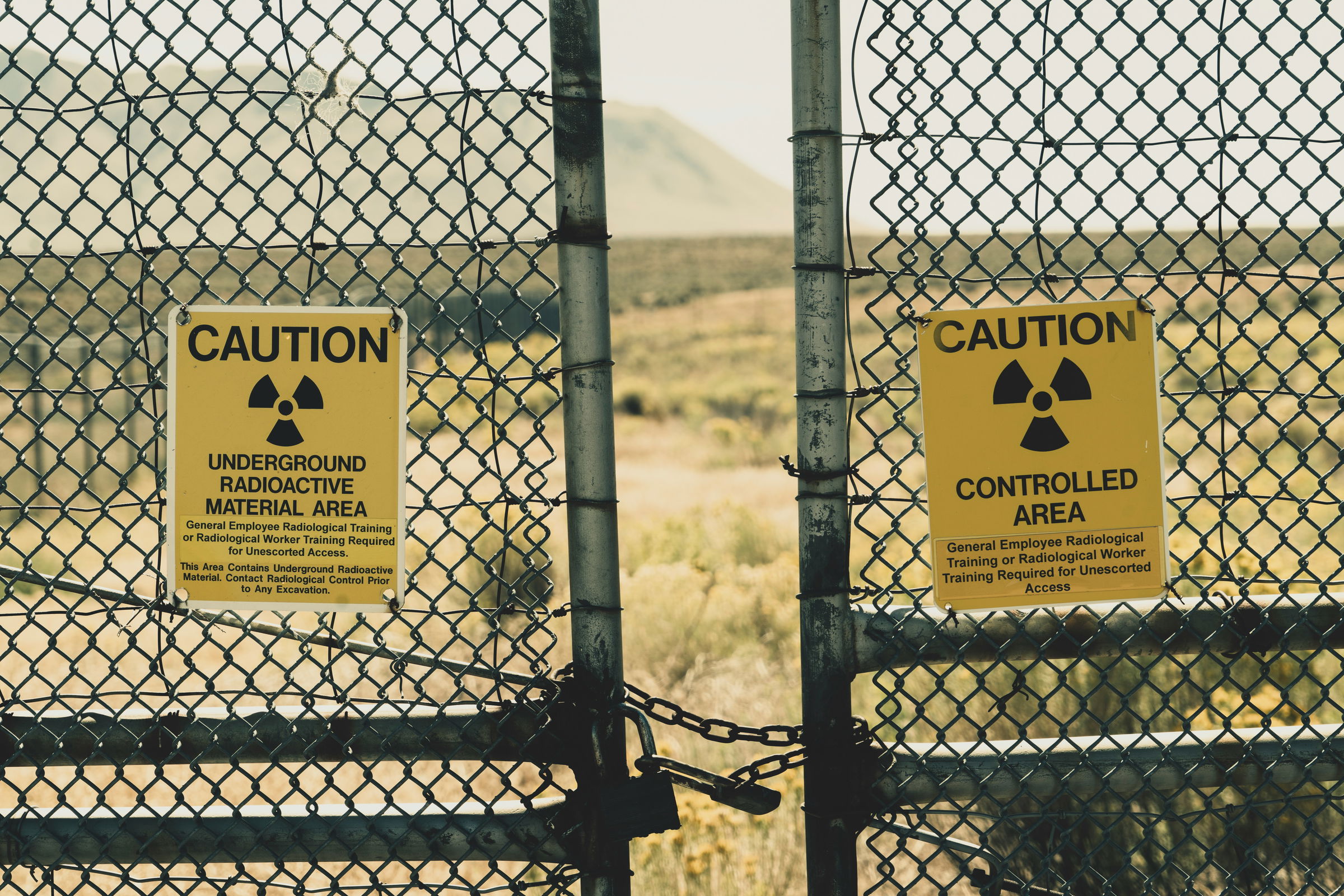The Global E-Waste Epidemic & Its Impact


The Rising Tide of E-Waste
Every year, millions of metric tons of discarded electronics accumulate around the globe.
Reports indicate that global e-waste generation has surged over recent years and is expected to continue rising dramatically.
This rapidly growing waste stream makes e-waste the fastest‐growing type of waste worldwide.
Recycling Shortfalls and Lost Value
Despite the enormous potential, only a small fraction of e-waste is formally recycled.
Valuable raw materials, including precious metals and rare earth elements, remain locked away in discarded devices, representing a significant economic opportunity that is largely untapped.


Toxic Hazards and Environmental Damage
E-waste contains hazardous substances such as lead, mercury, and cadmium that pose serious risks to human health and the environment.
Improper disposal and informal recycling methods lead to toxic emissions, soil and water contamination, and long-term ecological damage.
Global Flow and Inequity
A significant portion of e-waste is exported from developed countries to developing regions, where informal recycling practices can exacerbate health and environmental risks.
This flow of hazardous waste often leaves vulnerable communities exposed to its dangers without proper safety measures or regulation.


The Opportunity in E-Waste
E-waste holds tremendous economic potential as a source of precious materials.
Recovering these materials through proper recycling can not only reduce environmental harm but also drive sustainable economic growth.

How the Hendricks Foundation Can Help
At the Hendricks Foundation, we believe that innovation can turn a crisis into opportunity.
Our initiatives focus on collecting and refurbishing discarded devices, implementing safe and sustainable recycling practices, and transforming e-waste into renewable energy and valuable resources for communities in need.
By empowering communities with technology and sustainable solutions, we’re not only reducing toxic waste but also paving the way for a cleaner, more connected future.
